A new study investigated the impacts of different levels of global warming on hydropower potential and found that this type of electricity generation benefits more from a 1.5°C than a 2°C climate scenario.
Tag: Renewable Energy
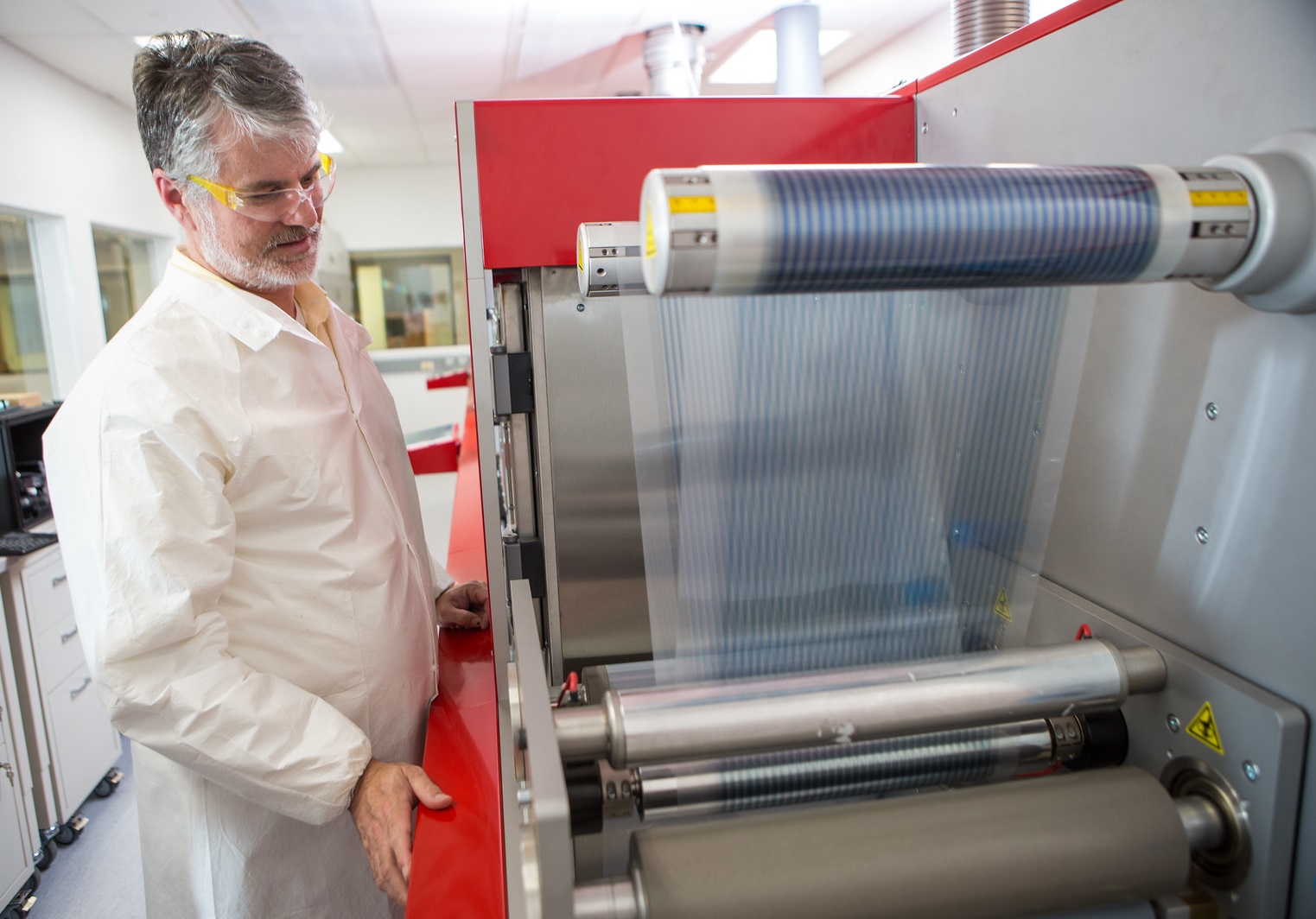
Solar researchers across country join forces with industry to boost U.S. solar manufacturing
The University of Washington, the National Renewable Energy Laboratory, the University of North Carolina at Chapel Hill and the University of Toledo have formed the U.S. Manufacturing of Advanced Perovskites Consortium to accelerate the domestic commercialization of perovskite technologies.
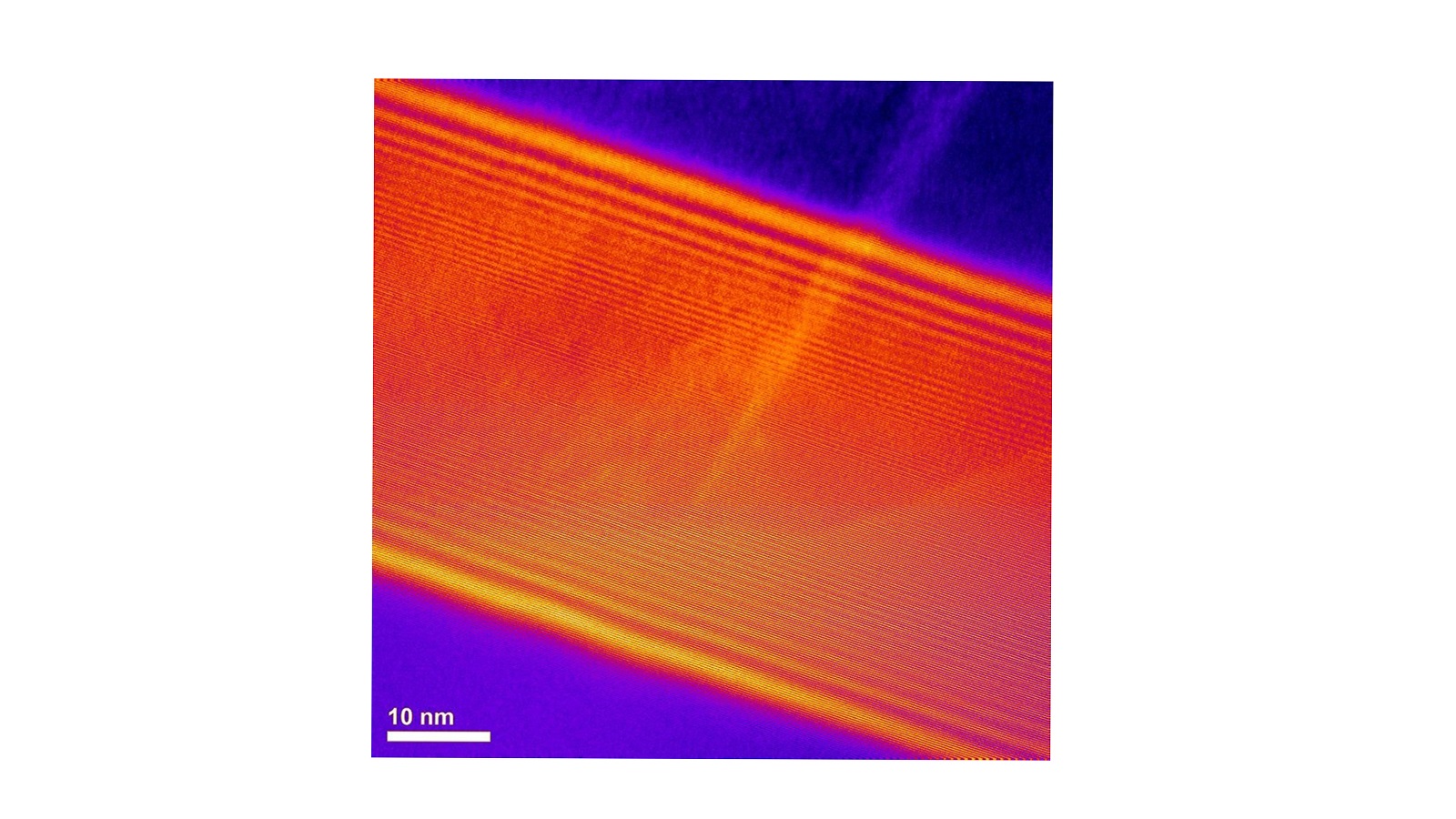
Scientists uncover major cause of resistance in solid electrolytes
Scientists investigated grain boundaries in a solid electrolyte at an unprecedentedly small scale. The resulting insights provide new avenues for tuning chemical properties in the material to improve performance.
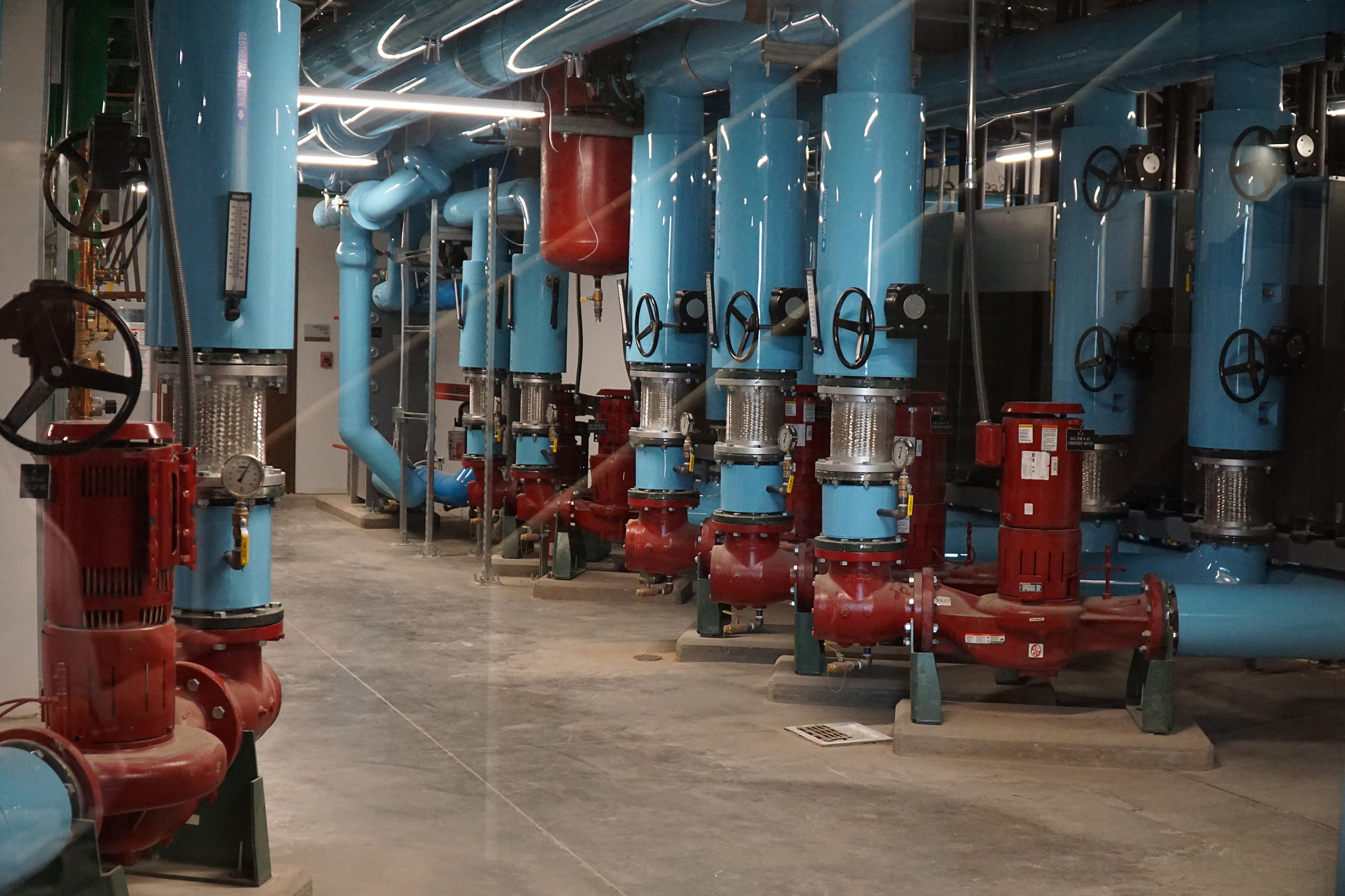
University of Utah exceeds federal energy reduction commitment
The U.S. Department of Energy confirmed the University of Utah has exceeded its goal to reduce energy use by 20 percent by 2020, as part of the Department of Energy’s Better Buildings Challenge. The U achieved energy savings of 25% across 17 million square feet of building space since 2008, the base year for the commitment.
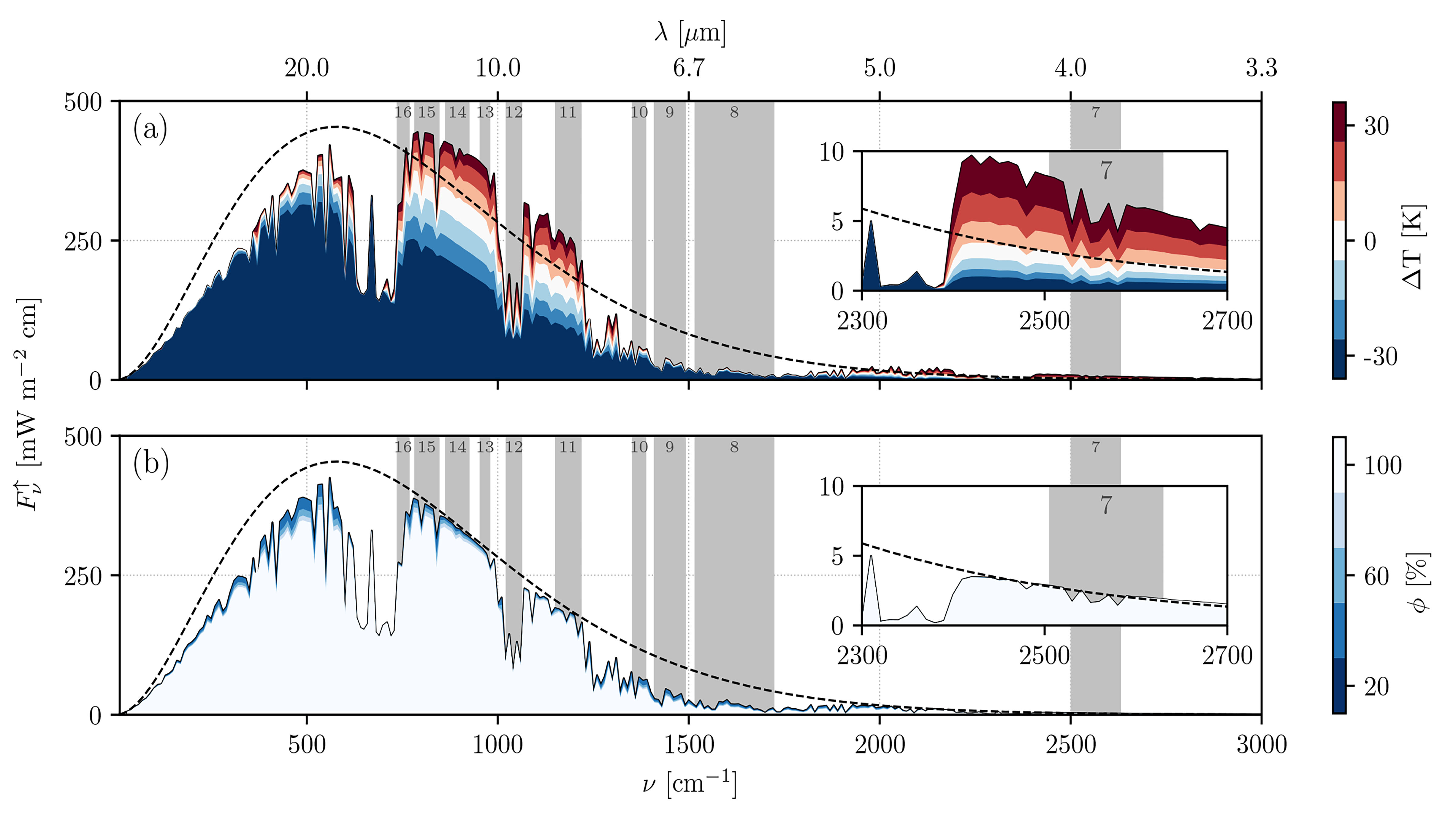
Solar Power Plants Get Help from Satellites to Predict Cloud Cover
Cloud cover is often characterized in simple terms, such as cloudy, partly cloudy or clear. This does not provide accurate information for estimating the amount of sunlight available for solar power plants. In this week’s Journal of Renewable and Sustainable Energy, a new method is reported for estimating cloud optical properties using data from recently launched satellites. This new technique is known as Spectral Cloud Optical Property Estimation, or SCOPE.
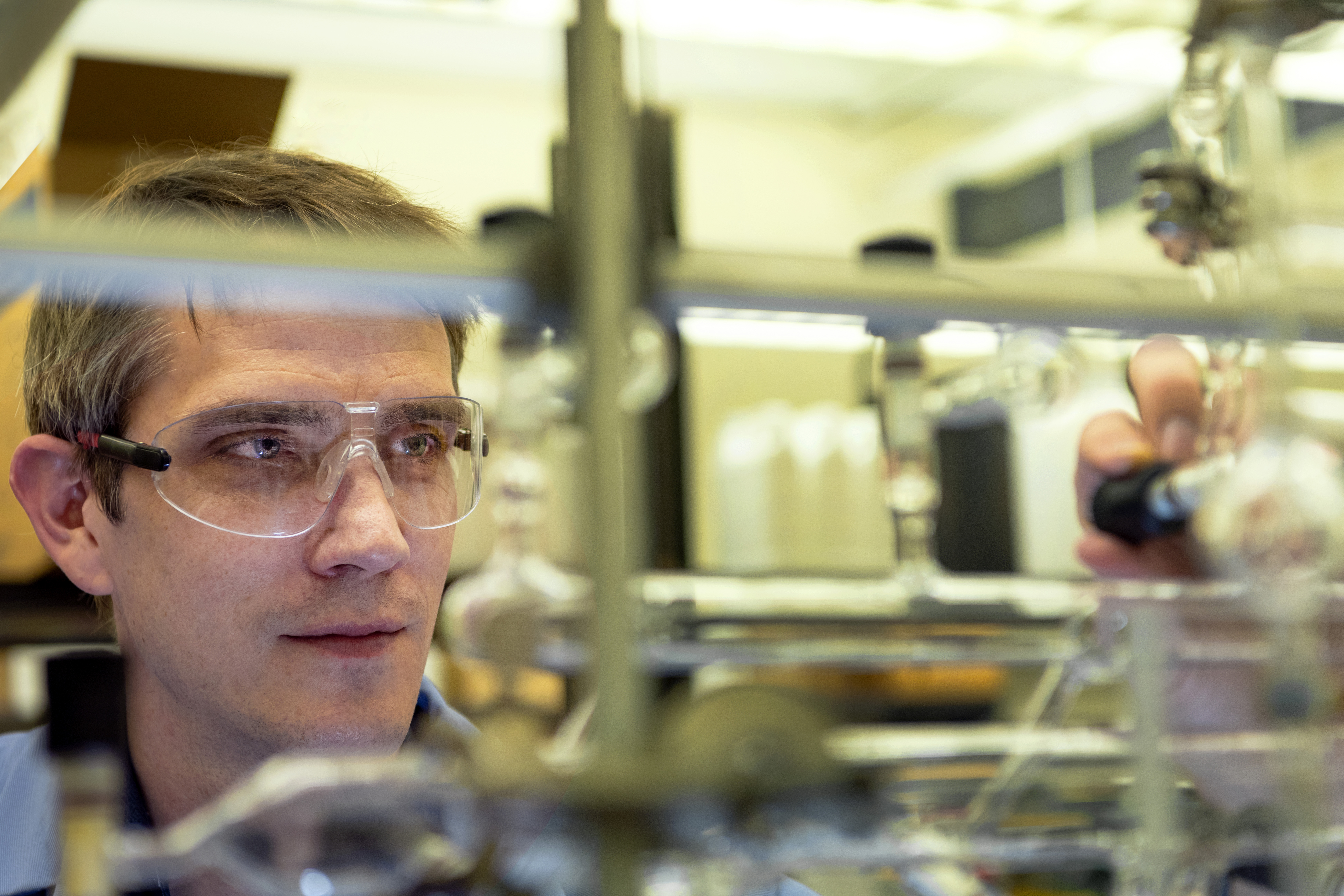
Illuminating the future of renewable energy
A new chemical compound created by WVU chemists is lighting the way for renewable energy.
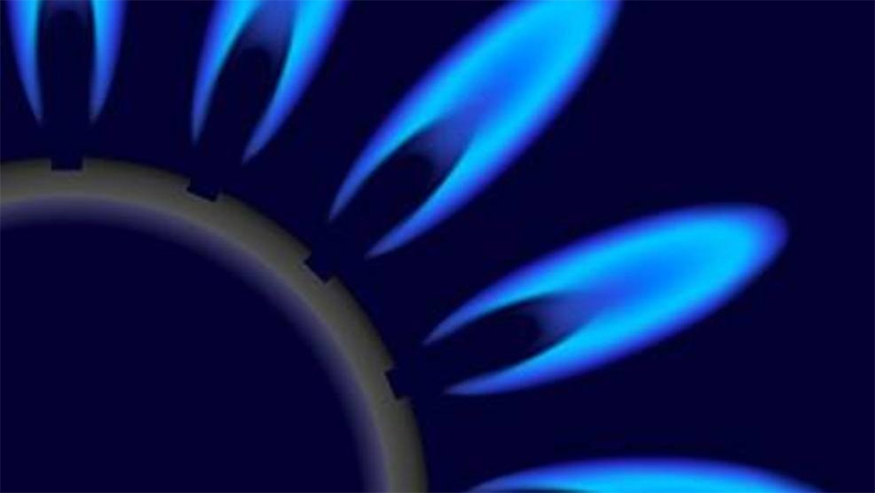
Americans used less energy in 2019
In 2019, Americans used less energy than in 2018, according to the most recent energy flow charts released by Lawrence Livermore National Laboratory (LLNL).

Preparing for exascale: Eliminating disruptions on the path to sustainable fusion energy
With the world’s most powerful path-to-exascale supercomputing resources at their disposal, William Tang and colleagues are combining computer muscle and AI to eliminate disruption of fusion reactions in the production of sustainable clean energy.
Renewables take a blow from coronavirus, but recovery expected
Wind, solar and battery industries have suffered with the spread of the coronavirus and reports from industry leaders forecast cutbacks and erasing of growth. John Tobin is professor of practice at the SC Johnson College of Business at Cornell University,…

Nature-Inspired Green Energy Technology Clears Important Development Hurdle
A new design has put the long-sought idea of artificial photosynthesis within reach
How communication about environmental issues can bridge the political divide
A relatively new theory that identifies universal concerns underlying human judgment could be key to helping people with opposing views on an issue coax each other to a different way of thinking, new research suggests.
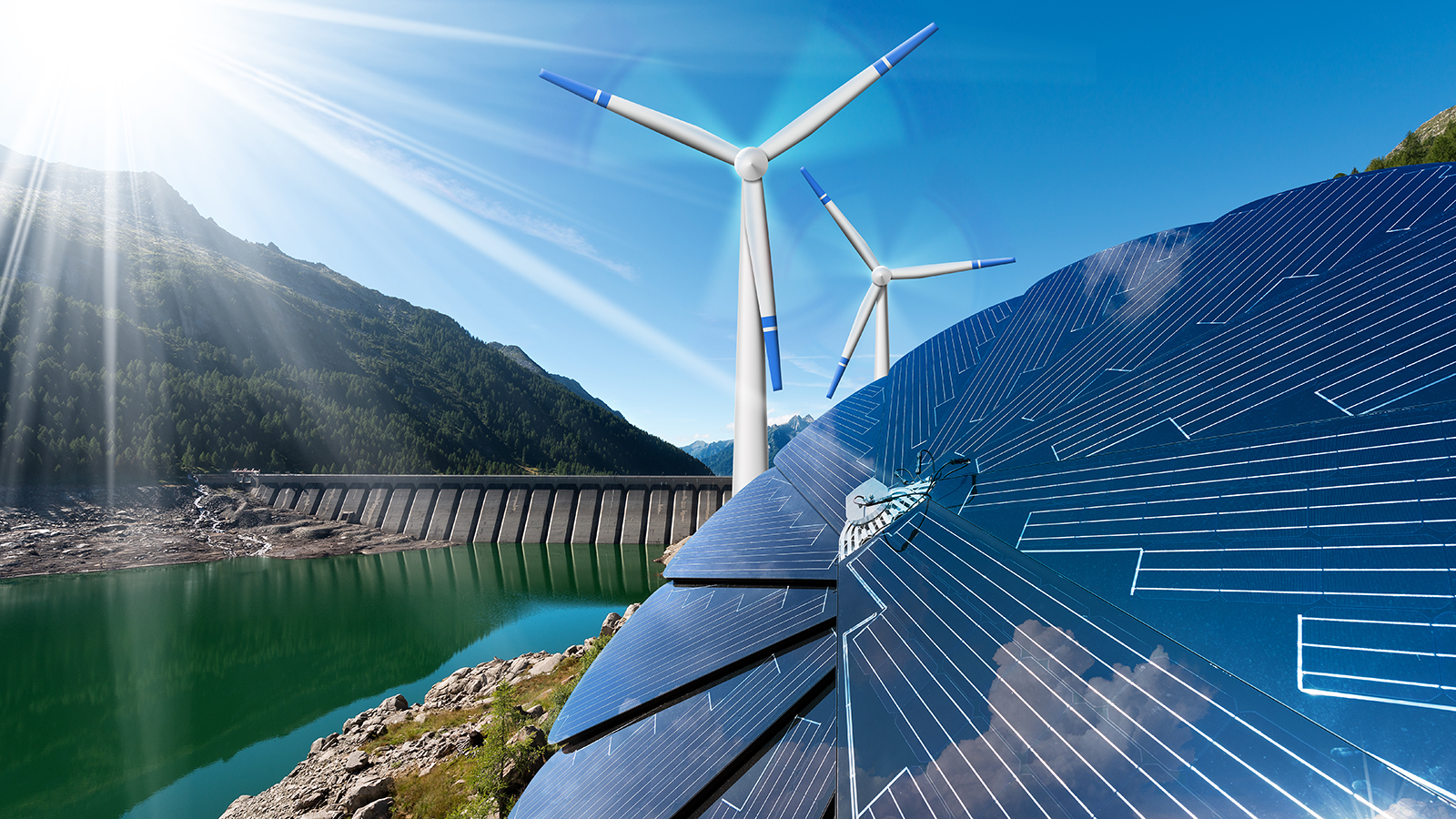
Argonne researchers focus on grid cybersecurity to pave the way for a clean energy future
Distributed energy resources use electronics to communicate with each other or with a control center. Yet this presents opportunities for cyber attacks that could become real threats to the electric power system. Argonne experts are developing ways to protect power systems from these threats before they can occur.
Quadrupling turbines, U.S. can meet 2030 wind-energy goals
The United States could generate 20% of its electricity from wind within 10 years, without requiring any additional land, according to Cornell University research published in Nature Scientific Reports.
Could water solve the renewable energy storage challenge?
Seasonally pumped hydropower storage could provide an affordable way to store renewable energy over the long-term, filling a much needed gap to support the transition to renewable energy, according to a new study from IIASA scientists.
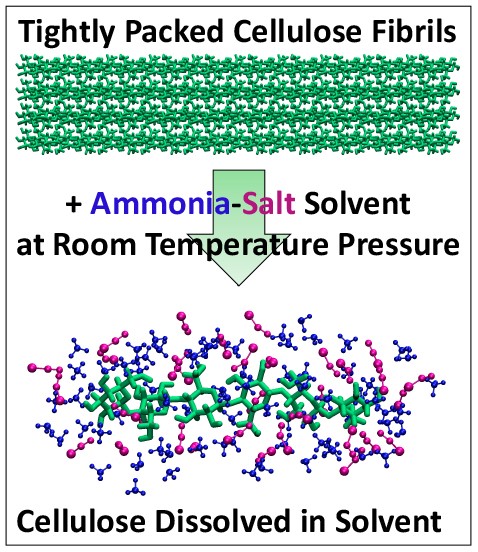
How to Make it Easier to Turn Plant Waste into Biofuels
Researchers have developed a new process that could make it much cheaper to produce biofuels such as ethanol from plant waste and reduce reliance on fossil fuels. Their approach, featuring an ammonia-salt based solvent that rapidly turns plant fibers into sugars needed to make ethanol, works well at close to room temperature, unlike conventional processes, according to a Rutgers-led study in the journal Green Chemistry.
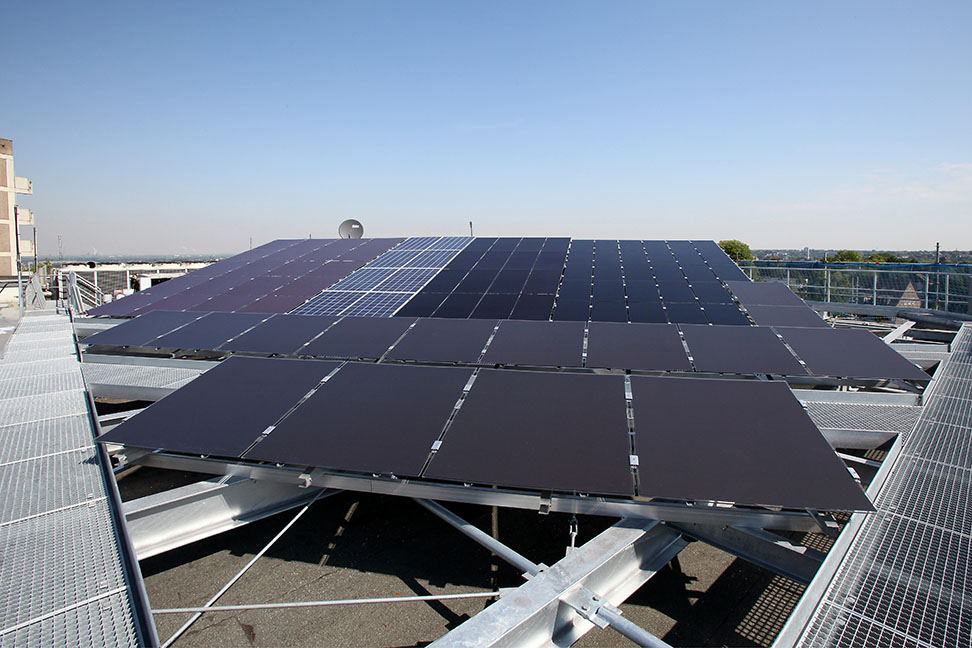
Tests Measure Solar Panel Performance Beyond Established Standards
In testing solar panels, the sun’s intensity, the spectral composition and the angle of light are important factors in understanding why certain panels are successful and others degrade more quickly. To address the knowledge gap in degradation mechanisms for various photovoltaic types, researchers performed tests over five years in which they collected weather data and panel performance information. The results are published in the Journal of Renewable and Sustainable Energy.
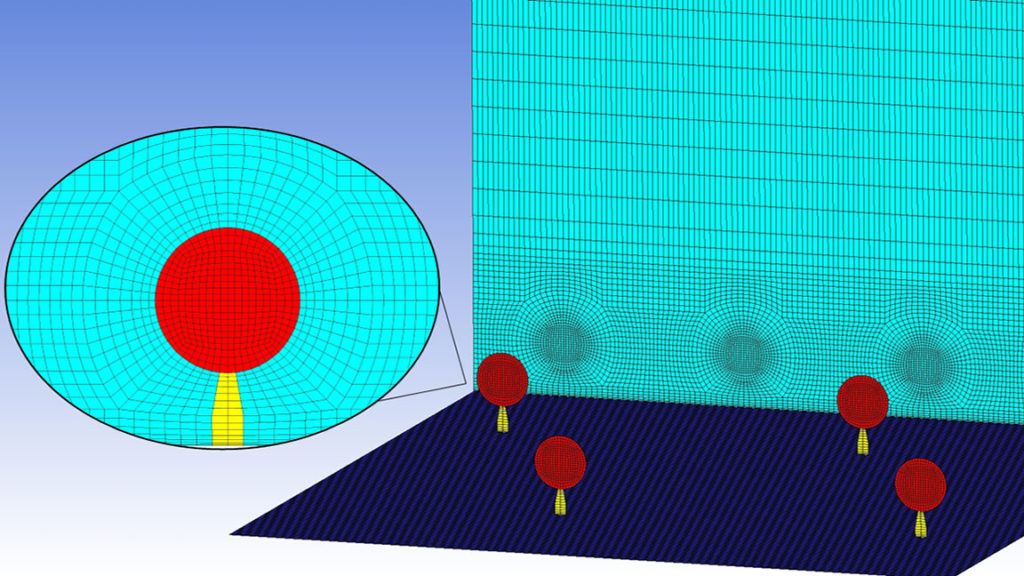
Supporting Structures of Wind Turbines Contribute to Wind Farm Blockage Effect
Much about the aerodynamic effects of larger wind farms remains poorly understood. New work in this week’s Journal of Renewable and Sustainably Energy looks to provide more insight in how the structures necessary for wind farms affect air flow. Using a two-scale coupled momentum balance method, researchers theoretically and computationally reconstructed conditions that large wind farms might face in the future, including the dampening effect that comes with spacing turbines close to one another.
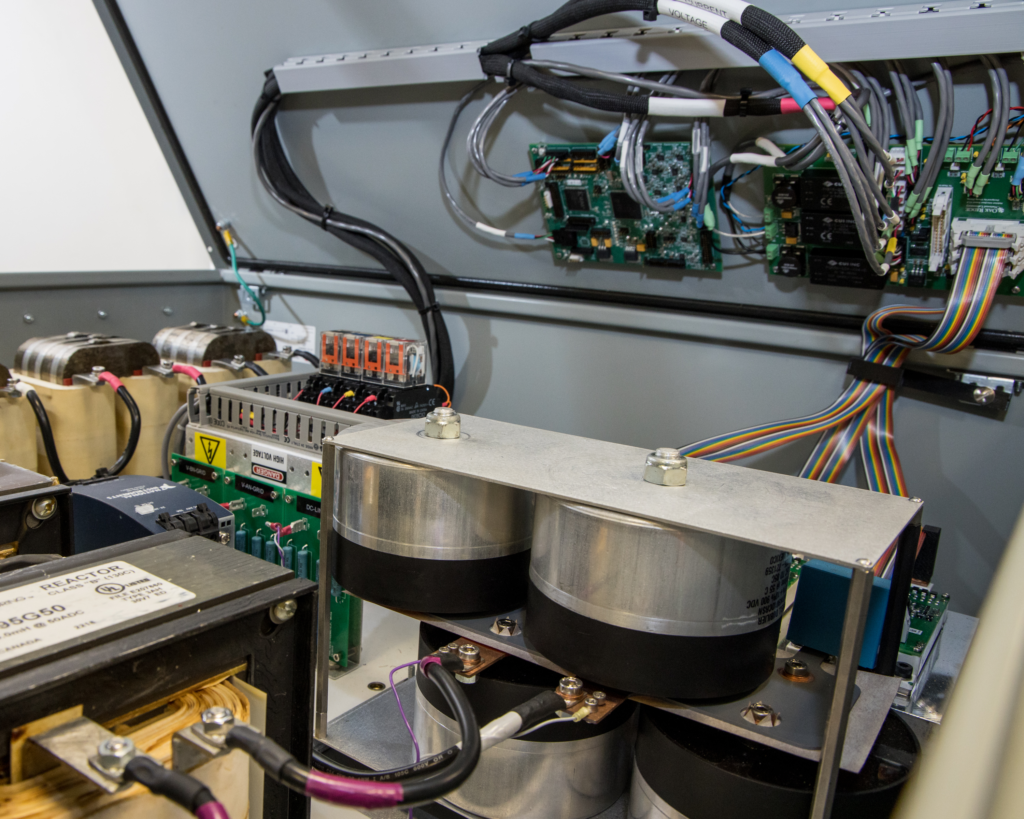
Second act: Used electric vehicle batteries charge up the grid
Researchers at Oak Ridge National Laboratory have developed an innovative control system for repurposed electric vehicle battery packs to store electricity for home use and are scaling up the technology to a large, power grid-level project.
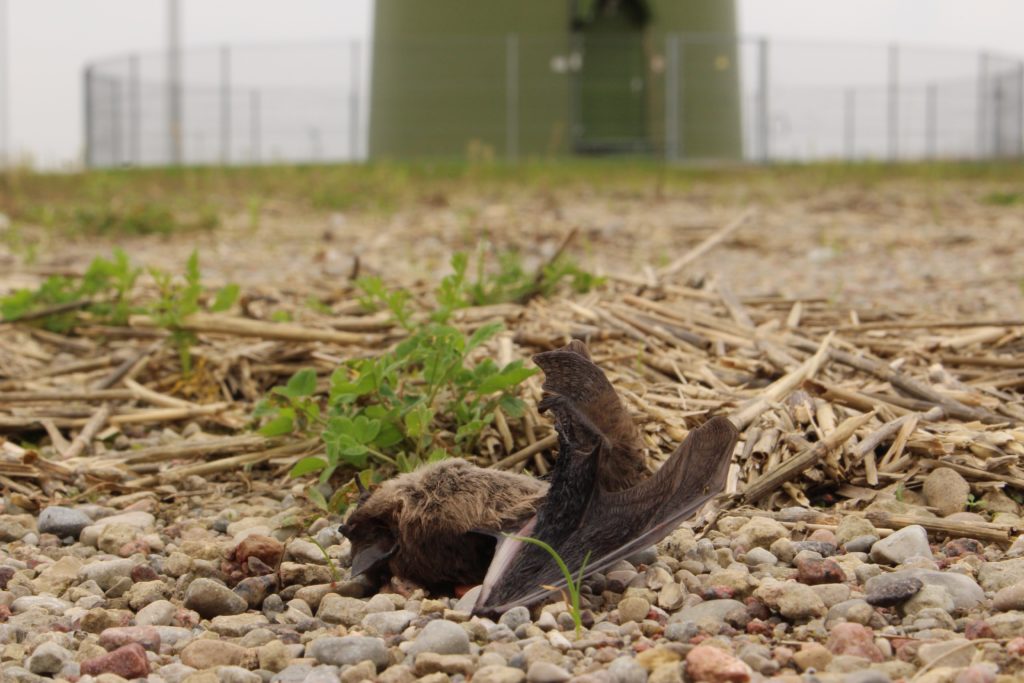
Saving Bats from Wind Turbine Death
Wind energy holds great promise as a source of renewable energy, but some have wondered addressing climate change has taken precedence over conservation of biodiversity. Wind turbines, for example, kill some birds, and the fatality rate for bats is even higher. In the Journal of Renewable and Sustainable Energy, scientists report the results of a survey of stakeholders in the wind energy field about attitudes toward the relative emphasis on climate change versus biodiversity issues.

Maintaining reliability, resilience while integrating renewable energy
Energy generated by solar panels and wind turbines interfaces to the electricity grid using power electronic converters—but how will these converter-based and traditional-based control systems interact to ensure voltage and frequency stability?
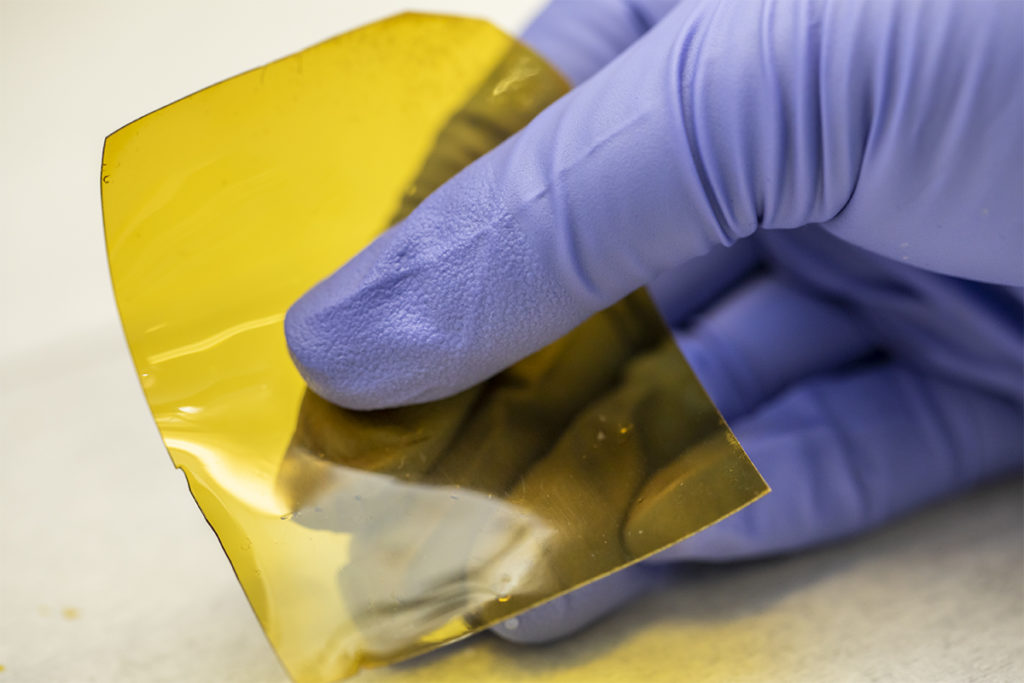
Go With the Flow: Scientists Design New Grid Batteries for Renewable Energy
Scientists at Berkeley Lab have designed an affordable ‘flow battery’ membrane that could accelerate renewable energy for the electrical grid.

Argonne and University of Illinois to form hydrogen fuel cell coalition
Argonne and University of Illinois announce intent to form the Midwest Hydrogen and Fuel Cell Coalition.

ECS President Congratulates 2019 Nobel Prize in Chemistry Winners
Christina Bock, ECS Board president, congratulated John B. Goodenough, M. Stanley Whittingham, and Akira Yoshino on receiving the 2019 Nobel Prize in Chemistry “for the development of lithium-ion batteries.” The long term Society members published important research papers in the ECS Journal. Goodenough and Whittingham are ECS Fellows.
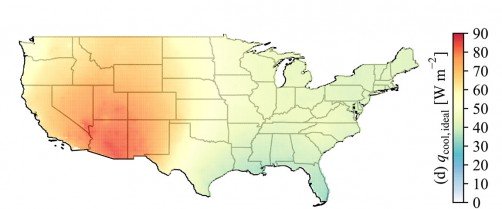
Which Climates Are Best for Passive Cooling Technologies?
If you guessed locations with drier atmospheres and frequent clear skies, you’re right. WASHINGTON, D.C., June 25, 2019 — A group of University of California, San Diego researchers set out to gain a better understanding of the thermal balance of…